Sigurd the Mighty was a Viking jarl who became a legendary figure in the North.
His story is one of power, loyalty, and conquest, as he carved out a place for himself in the Northern Isles of Scotland.
Despite his accomplishments, Sigurd’s legacy is also marked by a peculiar and intriguing death.
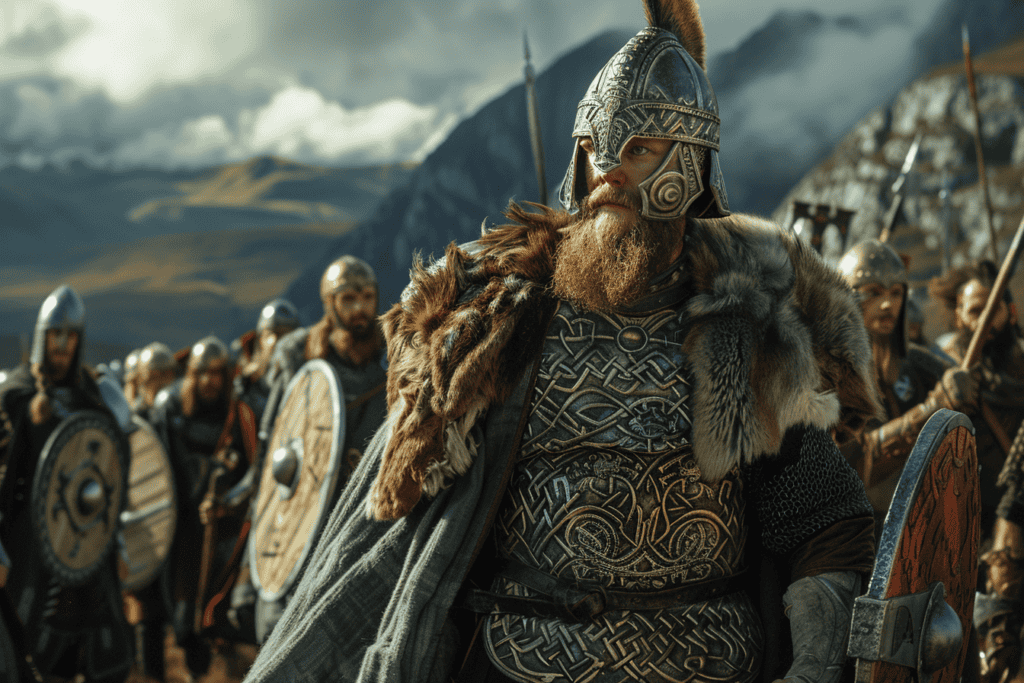
According to the sagas, Sigurd was born in the mid-9th century, and boasted a famous lineage as the son of the legendary Ragnar Lothbrok and Aslaug. He was a loyal follower of Harald Fairhair, but his ambitions led him to seek power and influence far from his Viking homeland.
Sigurd’s conquests in Scotland’s Northern Isles are celebrated, and he is remembered as a formidable warrior and ruler.
The Saga of the Völsungs, one of the most famous legendary sagas, tells the story of the rise and fall of the Völsung family. While Sigurd the Mighty is not a central figure in this saga, his story is emblematic of the larger themes of Viking history and mythology.
Sigurd’s Rise to Power
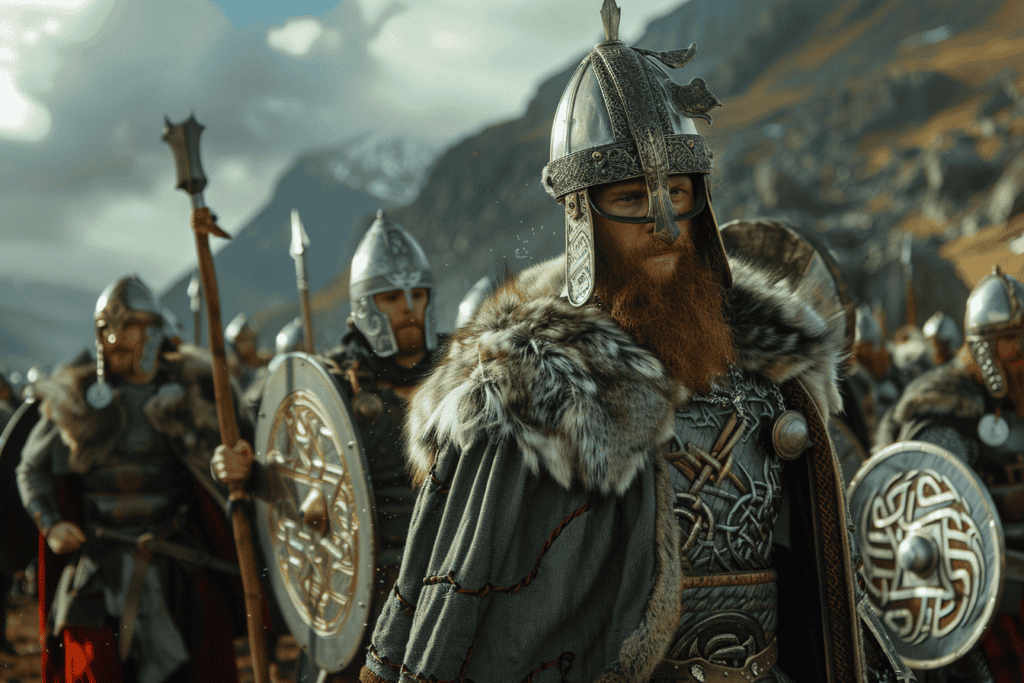
Sigurd Eysteinsson, also known as Sigurd the Mighty, was born in the late 9th century in Norway. He was the son of Eystein Glumra, a powerful Norwegian nobleman, and Ragnhild, the daughter of the legendary Viking warrior, Hrolf Nefia.
Sigurd’s lineage was impressive, and he was destined for greatness from an early age.
He began his military career as a young man, fighting alongside his father in various battles. He quickly gained a reputation as a fierce warrior and a skilled tactician.
In the late 9th century, Sigurd and his father led a raid on the Shetland Islands, which were then under the control of the Picts. The raid was a success, and the islands were brought under Norwegian control.
Sigurd continued to expand his territory, conquering the Orkney Islands and establishing himself as the Jarl of Orkney. He also conquered parts of Scotland, including Caithness and Sutherland.
Alliance with Harald Fairhair
Sigurd’s rise to power was aided by his alliance with Harald Fairhair, the Norwegian king. Harald was trying to unite Norway under his rule, and he saw Sigurd as a valuable ally in this endeavor.
Sigurd pledged his loyalty to Harald and helped him in his campaigns to conquer Norway.
In return, Harald granted Sigurd the title of Earl of Orkney, making him one of the most powerful men in the region. Sigurd continued to serve Harald faithfully, and his loyalty was rewarded with further land and titles.
Expansion of Norse Culture
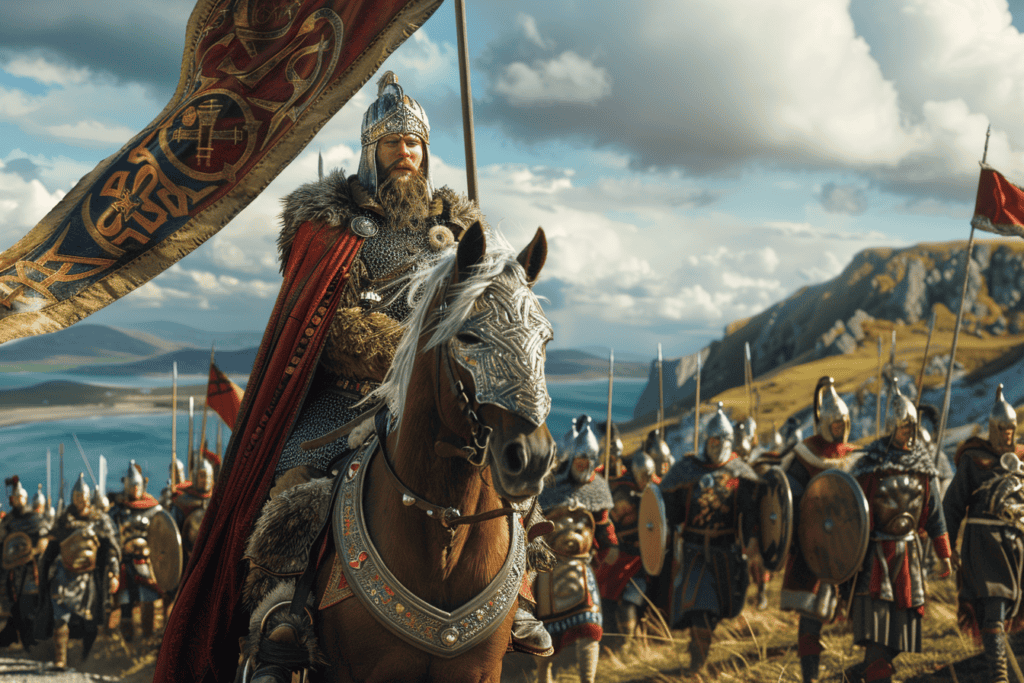
Sigurd the Mighty was an influential figure in the Northern Isles of Scotland, where he established his earldom.
He was known for his loyalty to Harald Fairhair, the first king of Norway, and his conquests in the region are celebrated to this day.
His earldom was strategically located between the Orkney and Shetland Islands, which made it an important hub for trade and commerce. Under his leadership, the region prospered and became a center for maritime trade with other parts of Europe.
Sigurd’s earldom was not only a center for trade and commerce, but also a place where Norse culture flourished. The Viking jarl was a patron of the arts and literature, and he encouraged the production of Norse sagas and other literary works.
He also promoted the use of the Old Norse language, which became the dominant language in the region.
The people of the Northern Isles embraced their Norse heritage and continued to practice their customs and traditions long after the Viking Age had ended.
Sigurd’s Earldom
Sigurd’s earldom was a political powerhouse in the Northern Isles, and it played a significant role in the region’s political landscape.
The earldom was a feudal state, with Sigurd as the supreme ruler. He commanded a band of raiding warriors who carried out expeditions across the region.
The earldom was also a center for diplomacy, and Sigurd maintained friendly relations with other rulers in the region. His influence extended beyond the Northern Isles, and he was regarded as a powerful figure in the Viking world.
Legendary Battles and Raids
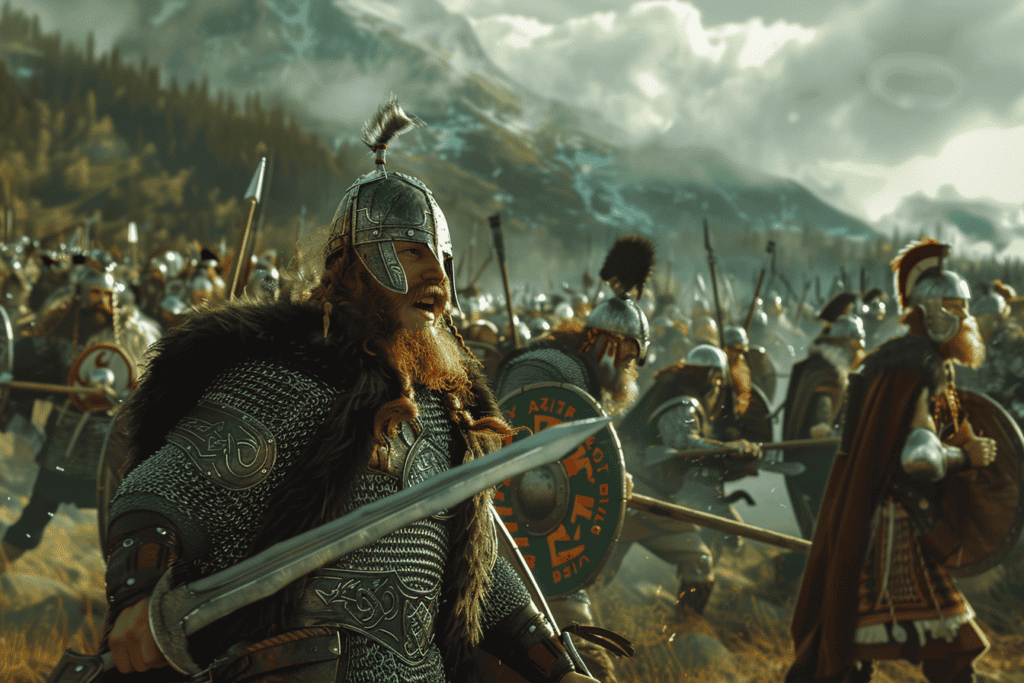
The Viking warriors were known for their fearsome and relentless raids across Europe during the medieval period.
The Vikings’ thirst for adventure and their unyielding determination to conquer new lands led them to raid and pillage various regions in the British Isles, including Ireland, Scotland, and England.
One of the most notable Viking raids was the attack on the city of Dublin in the 9th century. The Vikings, led by Ivar the Boneless, captured and established a settlement in Dublin, which became a major center for Viking trade and commerce.
Battle of Clontarf
The Battle of Clontarf was a significant event in Irish history that took place in 1014. The battle was fought between the forces of the High King of Ireland, Brian Boru, and the Viking army.
The battle was fierce and resulted in the death of Brian Boru, but his forces emerged victorious, ending Viking dominance in Ireland. The battle marked the decline of Viking power in the British Isles and paved the way for the emergence of new powers in the region.
Death and Legacy

Sigurd the Mighty, met a remarkable and ironic end around the year 892. After a successful campaign against Máel Brigte, a Pictish chieftain, Sigurd devised a gruesome trophy to signify his victory.
He decapitated Máel Brigte and tied the head to his saddle as he rode back to Orkney. However, during the journey, Máel Brigte’s severed head brushed against Sigurd’s leg, causing a minor scratch from one of the chieftain’s teeth.
This seemingly insignificant injury turned fatal as the scratch became infected, leading to Sigurd’s death. The bizarre and unforeseen circumstances of his demise became a notable part of Viking lore, emphasizing the capricious nature of fate.
Despite his untimely end, Sigurd the Mighty’s legacy as a formidable Viking leader and conqueror of northern Scotland endured, his story woven into the rich tapestry of Norse sagas and medieval history.
Sigurd in Norse Mythology
Sigurd the Mighty, the second Jarl of Orkney, was a legendary Viking warrior whose exploits have been immortalized in Norse mythology. According to the sagas, Sigurd was a loyal follower of Harald Fairhair, the first King of Norway, and played a crucial role in expanding the Viking empire in the North.
In Norse mythology, Sigurd is known as a hero who slayed the dragon Fafnir and acquired the Nibelung treasure. His bravery and cunning are celebrated in many Viking tales, and he remains a symbol of courage and valor to this day.
Sigurd’s story has been retold in various forms of Nordic literature, including the Heimskringla, an Icelandic saga that chronicles the history of the Norwegian kings.
In the Heimskringla, Sigurd is portrayed as a fearless warrior who fought many battles and earned the respect of his peers. His exploits are also mentioned in other sagas, such as the Saga of the Orkney Islanders and the Saga of the Ynglings.
Influence on Modern Perceptions
Sigurd’s legacy has had a lasting impact on modern perceptions of Viking culture. His story has been adapted into many forms of popular culture, including movies, TV shows, and video games.
Sigurd’s character has also been referenced in other Viking sagas. For example, the story of Ragnar Lothbrok, a legendary Viking warrior, says that he was a distant relative of Sigurd.
Today, Sigurd remains a symbol of Viking strength and courage. His legend continues to inspire people all over the world.

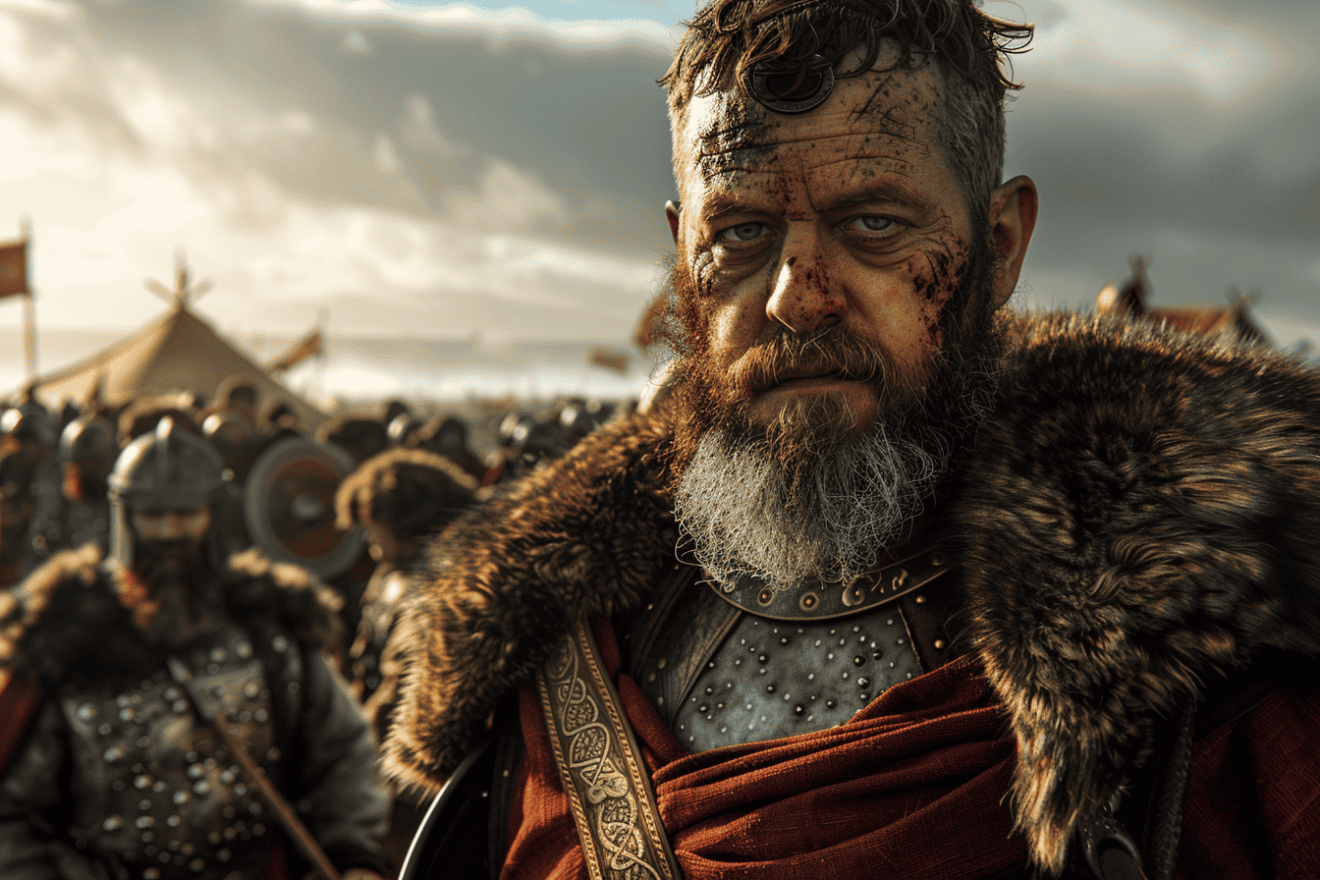
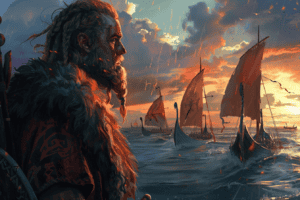
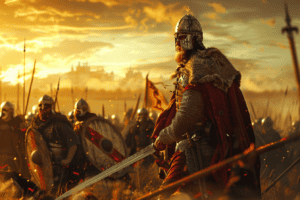






Add Comment